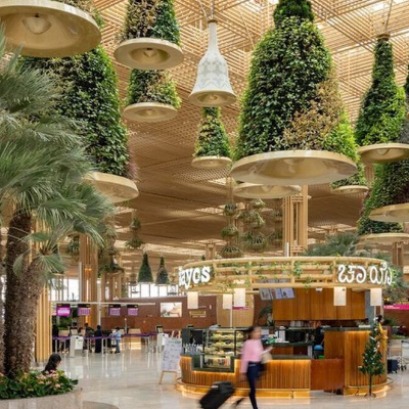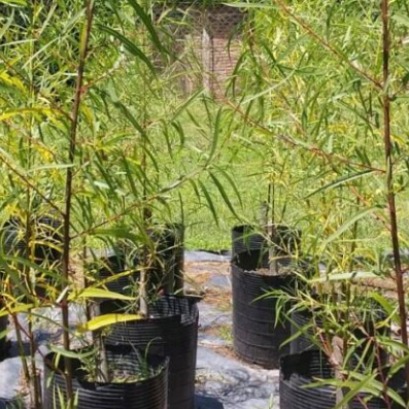
"Kiri" o "Paulownia Tomentosa" o "Árbol Imperial u Emperatriz"
Su madera es libre de nudos, es fácil de trabajar, resiste cuarteaduras y torceduras y pesa tres veces menos que las maderas convencionales.
Resistente al fuego (punto de ignición de 247ºC).
Soporta bien el frío (-17ºC) y el calor (45ºC).
Resistente a condiciones moderadas de sequía una vez desarrollado (1-2 años).
Alta capacidad de absorción de nitrógeno.
Descontaminación de suelos (nitratos, nitritos, arsénico, metales pesados, etc.).
Tiempo de secado muy corto, 20-40 días al aire libre (hasta 12% humedad).
Muy resistente y relativamente libre de enfermedades.
Convive con otras especies
Acepta cultivos intercalados (cereales, pastizales).
Las hojas son más nutritivas que la alfalfa para alimentar a los animales.
Las hojas sirven de forraje o abono (por su alto contenido de nitrógeno), y llegan a medir hasta 1 metro de diámetro, lo cual lo hace un gran recurso ecológico en la lucha contra la contaminación del aire.
Vive hasta 100 años y retoña hasta 5 veces del mismo tronco.
Aumenta la humedad relativa, reduce la evaporación y aumenta la producción de los cultivos de vegetales y granos.
Esto significa que, en comparación con otros árboles, el Kiri "ahorra" agua, pues en una sola temporada de crecimiento puede alcanzar un gran desarrollo, equivalente al de otras especies en varios años.
NIVELES DE RESISTENCIA
Contaminación: Normal
Ambiente marítimo: Normal
Encharcamiento: Normal
Plagas: Pocas
Insolación: Sol o sombra indistintamente
Es el árbol que más rápido crece en el planeta. En ocho años, puede alcanzar el tamaño de un roble de 40. Puede subsistir en suelos y aguas contaminadas, pues purifica los lugares en los que crece. Sus hojas consumen diez por ciento más de dióxido de carbono que las de otros árboles. Por tanto, emiten más oxigeno. También se pueden utilizar para hacer té.

IT MAY INTEREST YOU
 More wood | Air terminals as well-being spaces with design and natural atmosphere
More wood | Air terminals as well-being spaces with design and natural atmosphere
In a world in which mental health, comprehensive well-being and connection with nature are increasingly urgent, wood appears as an increasingly chosen material to transform not only how we live, but also how we feel and move.
 INTA Delta begins propagation of seven Creole willow clones for ecological restoration in Paraná
INTA Delta begins propagation of seven Creole willow clones for ecological restoration in Paraná
As a result of the rescue, domestication and registration work carried out by Teresa Cerrillo, a leading researcher in Salix Genetic Improvement, within the framework of the National Genetic and Forest Resources Programs of INTA, the multiplication and propagation of seven clones of Creole willow (Salix humboldtiana) began recently registered in the National Seed Institute (INASE) by INTA Delta del Paraná.
 The tallest palm tree in the world is in South America: it is the height of a 20-story building
The tallest palm tree in the world is in South America: it is the height of a 20-story building
The worlds tallest palm tree stands deep in South America, a giant that challenges the limits of plant life Deep in South America, between the fog and the mountains, hides a giant tree that few know about. Majestic and silent, challenging the world on what plant life can achieve.





















